Dental carvers are essential tools in any dental practice, playing a crucial role in shaping and refining restorative materials. Their precision and effectiveness directly impact the quality of patient care. For dental professionals in the USA and Canada, maintaining and sterilizing these instruments properly is vital—not only for patient safety but also to extend the lifespan of these valuable tools. A structured maintenance and sterilization routine helps ensure that dental carvers perform at their best for years.
Understanding Dental Carvers
Dental carvers are hand instruments designed to contour, carve, and shape filling materials in both anterior and posterior teeth. Available in various shapes and sizes, these tools are typically made of high-grade stainless steel, designed to withstand repeated use and sterilization. Given their importance in achieving precise restorations, keeping them in optimal condition should be a top priority in every dental setting.
Why Proper Maintenance Matters
Frequent use can lead to wear, dullness, and even corrosion if dental carvers are not maintained correctly. This can reduce carving precision, increase chair time, and potentially compromise patient outcomes. Furthermore, improper maintenance can create risks of cross-contamination and infection, making the process of regular cleaning and sterilization not only a matter of longevity but also of hygiene and compliance with health regulations.
Step-by-Step Cleaning Process
Before sterilization, every dental carver must go through a thorough cleaning process. This helps remove organic debris and contaminants that can interfere with effective sterilization. The recommended steps include:
- Immediate Rinsing: Right after use, rinse the dental carver under running water to remove blood, saliva, and other debris. Use a soft brush to prevent material buildup.
- Ultrasonic Cleaning: Place the instruments in an ultrasonic cleaner filled with a neutral pH enzymatic solution. This method removes particles from areas that manual scrubbing might miss.
- Manual Scrubbing: After ultrasonic cleaning, use a soft-bristled brush to scrub the surface and grooves of the carvers. Ensure no residue remains.
- Rinse and Dry: Rinse the instruments again with distilled water and dry them with a lint-free cloth or medical-grade compressed air. This prevents water spots and potential rusting.
Sterilization Best Practices
Once the dental carvers are thoroughly cleaned, they are ready for sterilization. This process ensures the elimination of any remaining bacteria or viruses. The following methods are commonly used in dental practices:
- Steam Autoclaving: The most recommended and widely accepted sterilization method in North America. Dental carvers are placed in sterilization pouches and exposed to high-pressure steam at temperatures of 121°C to 134°C.
- Dry Heat Sterilization: Suitable for instruments sensitive to moisture, dry heat sterilization operates at higher temperatures for a longer period. It is effective but may not be as energy-efficient as steam.
- Chemical Vapor Sterilization: Uses a mix of chemicals (formaldehyde and alcohol) and heat to sterilize instruments. While effective, it requires proper ventilation and special handling.
Storage After Sterilization
Proper storage is often overlooked, but it’s a critical part of maintaining the sterility and function of dental carvers. Once sterilized, instruments should be kept in sterilization pouches until they are ready for use. Avoid exposing them to open air, dust, or moisture. Storage cabinets should be clean, dry, and temperature-controlled to maintain the integrity of the tools.
Inspection and Sharpening
To ensure long-term use, regular inspection of dental carvers is essential. Look for signs of:
- Corrosion or rust
- Dull or chipped edges
- Loose handles or welds
Sharp instruments make for more efficient and precise carving. If a carver becomes dull, it can be sharpened using a fine sharpening stone or sent to a professional service. Over-sharpening should be avoided, as it may change the original shape or compromise tool strength.
Common Mistakes to Avoid
Even experienced professionals can make errors that reduce the life of their instruments. Here are some common mistakes to avoid:
- Skipping the cleaning step before sterilization
- Using household detergents instead of approved enzymatic solutions
- Storing wet instruments, which can cause corrosion
- Overloading the autoclave, preventing proper steam circulation
- Not following manufacturer instructions for temperature and cycle duration
By avoiding these mistakes, practices can maintain a higher standard of care and reduce instrument replacement costs.
Setting a Maintenance Schedule
Dental clinics in the USA and Canada are advised to implement a strict maintenance schedule tailored to the volume of patients and frequency of use. A log system can help track cleaning, sterilization, inspections, and sharpening. Involving all team members in the process ensures accountability and consistency.
Using Quality Products
High-quality dental carvers are designed to endure multiple sterilization cycles without losing their edge or corroding. Investing in instruments from trusted providers ensures durability and reliability. Quality tools not only last longer but also provide better tactile feedback during procedures, which is essential for precise dental work.
Conclusion
Proper care of dental carvers is not just about extending their lifespan—it directly impacts the quality of dental treatments and patient safety. By following best practices in cleaning, sterilization, storage, and inspection, dental professionals can maintain high standards in their practice. Clinics across the USA and Canada can benefit greatly by using reliable tools and implementing structured maintenance protocols.
For dental professionals looking to invest in durable, high-quality dental carvers and other surgical tools, thesurgiworld provides a trusted platform with expertly crafted products designed for long-term performance. Prioritizing care, precision, and safety, thesurgiworld supports dental teams in delivering exceptional service with confidence and reliability.

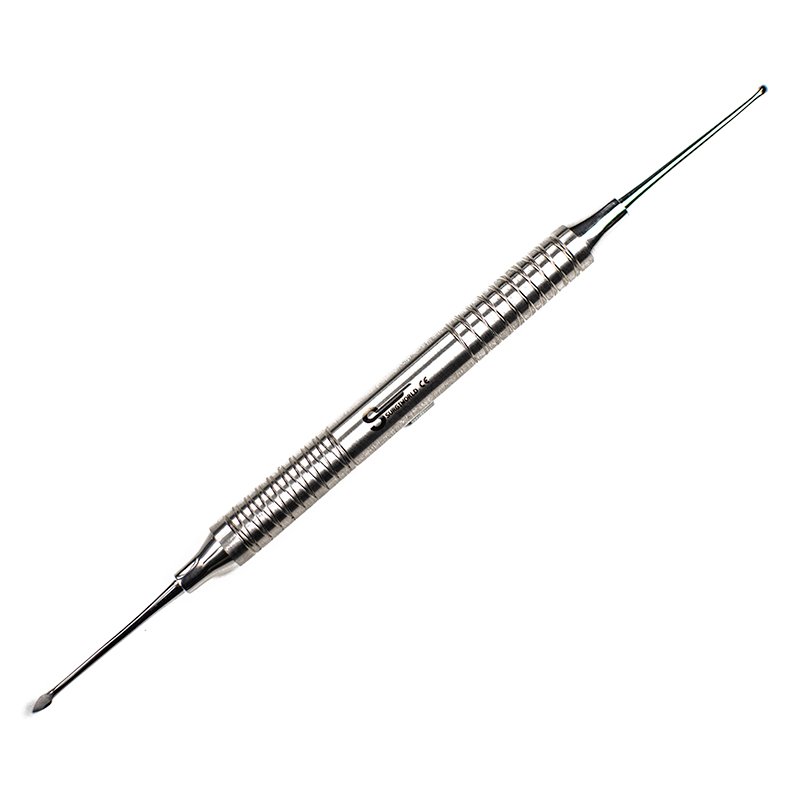
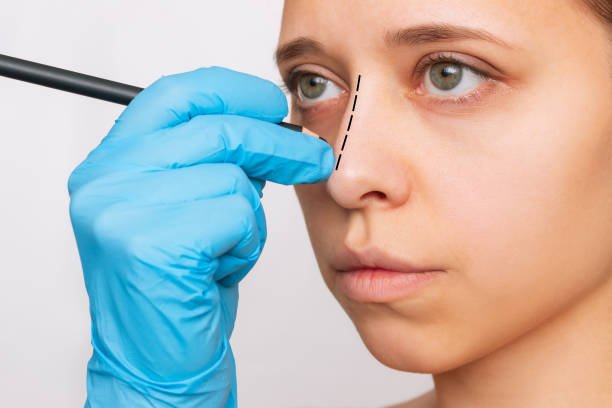
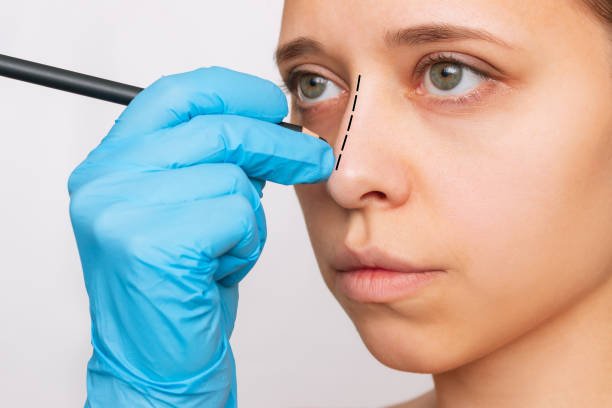







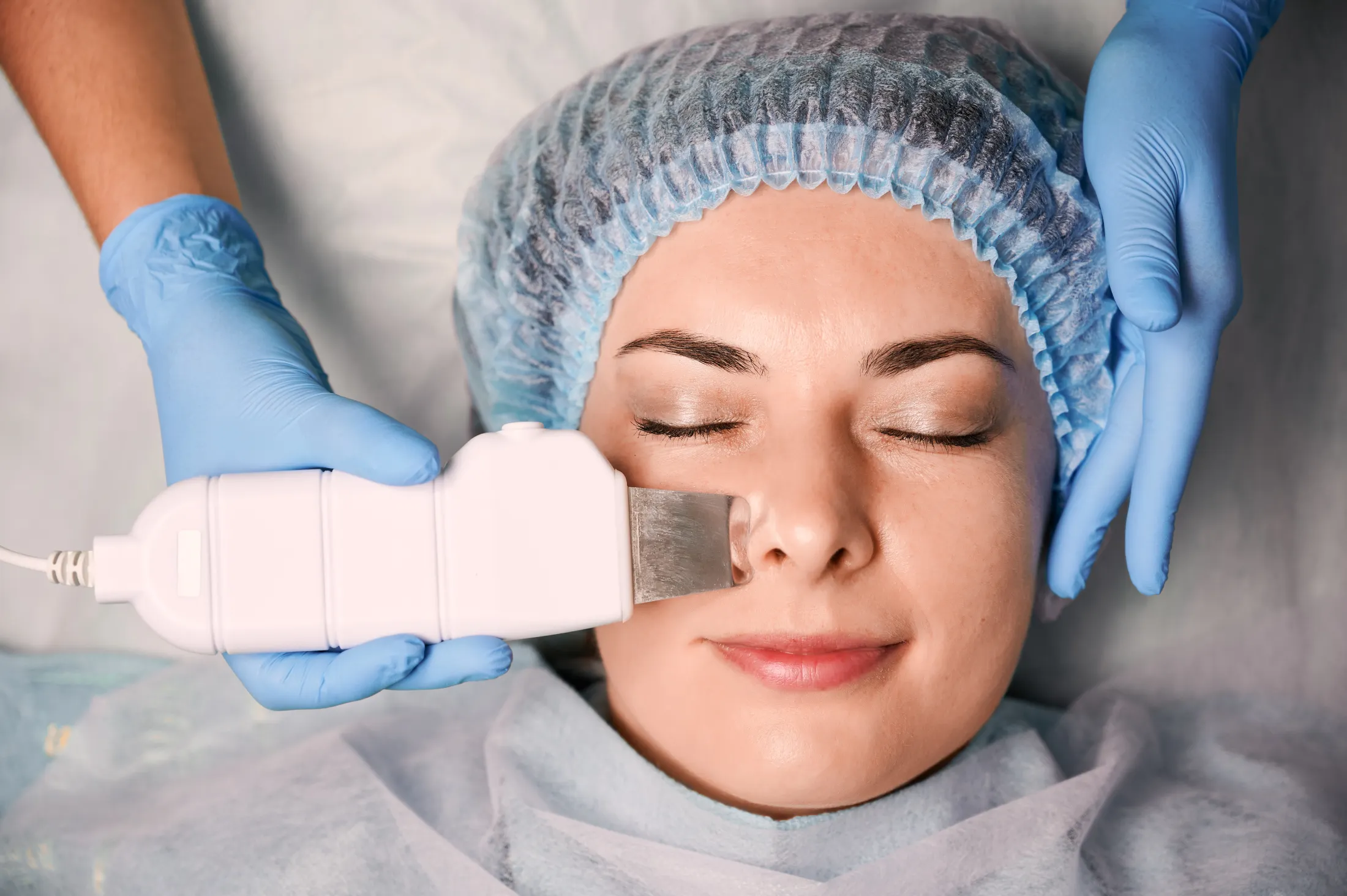
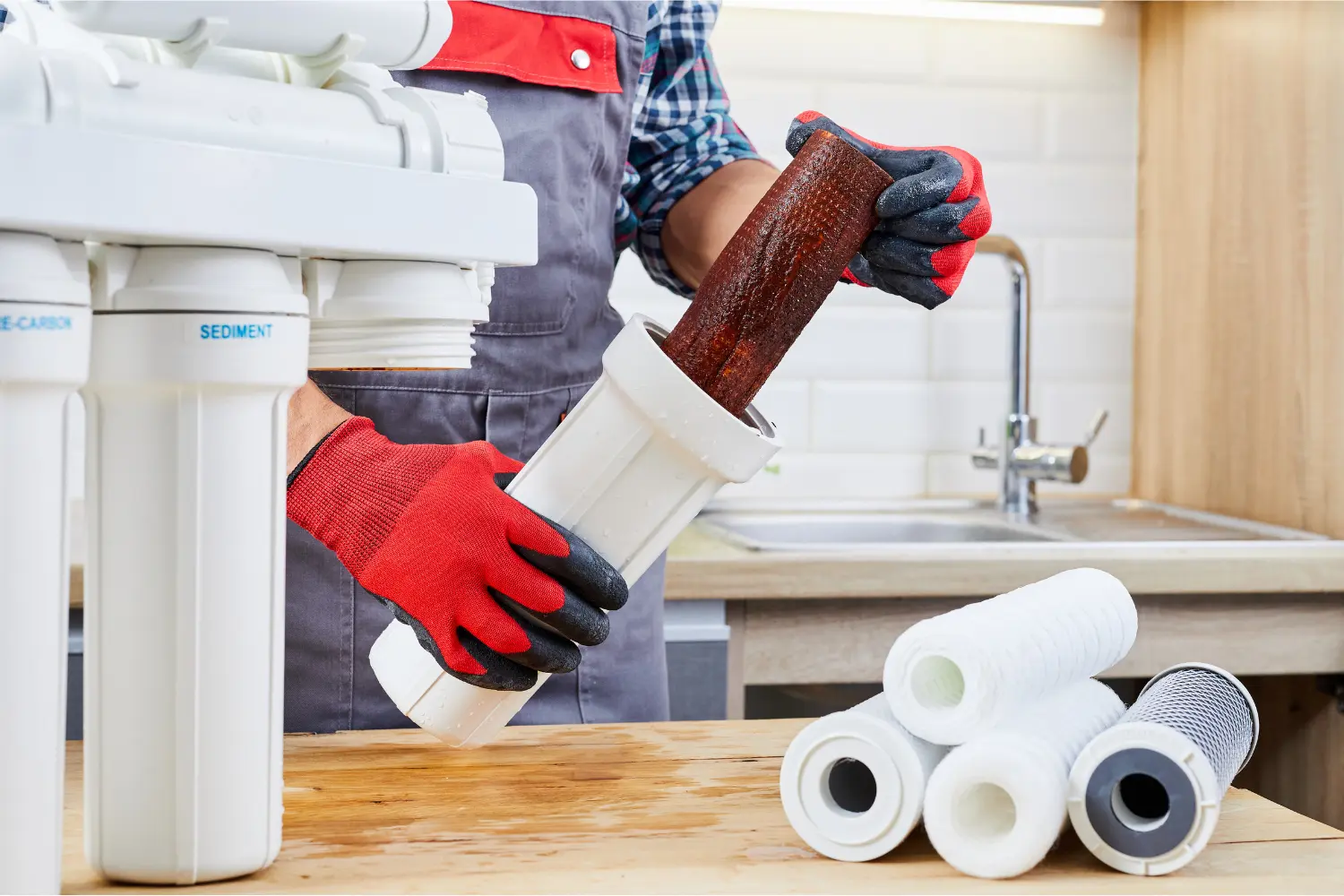



Leave a Reply